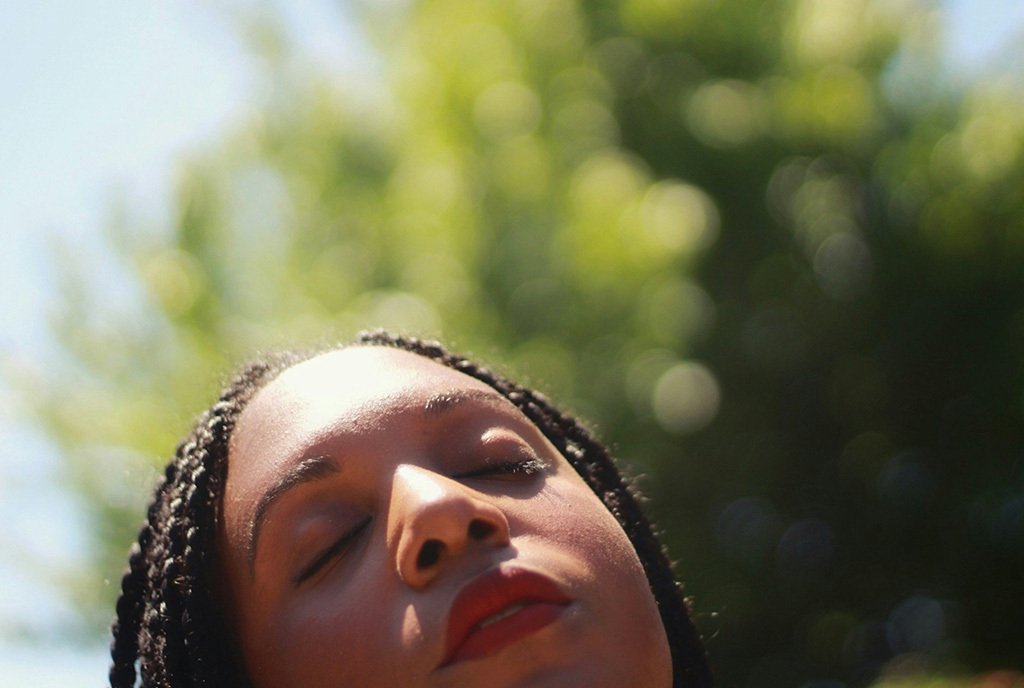
On February 8, one month after Antoinette “Bonnie” Candia-Bailey’s suicide, dozens of Lincoln University students and alumni gathered outside the university’s Board of Curators meeting to protest what they believe to be the lack of accountability and unanswered questions surrounding Candia-Bailey’s death.
Though it is not unusual for Black women to face misogynoir and microaggressions at work, it is a sad irony that the source of Candia-Bailey’s alleged abuse was her White boss at a historically Black institution.
Candia-Bailey took her life on January 8, 2024, less than nine months after the university announced that she had been appointed to serve as the vice president of student affairs at the Missouri HBCU. In the wake of her death, it was revealed that leading up to her suicide, she had felt depressed and unsupported at work. Before her death, Candia-Bailey allegedly sent a letter to fellow faculty alleging that she had been the victim of harassment and abuse at the hands of John B. Moseley, the university’s president who has since been put on paid administrative leave as an outside law firm investigates the abuse claims.
Candia-Bailey’s death sent shockwaves across the country, sparking protests and calls for change. Though it is not unusual for Black women to face misogynoir and microaggressions at work, it is a sad irony that the source of Candia-Bailey’s alleged abuse was her White boss at a historically Black institution. Candia-Bailey’s story is a prime example of the unique challenges facing Black women in academia. She wrote about this in her PhD dissertation and ultimately succumbed to it.
Candia-Bailey’s story shines a light on the struggles of Black women in academia.
Even before she would rise to a senior leadership position as a graduate student, Candia-Bailey interviewed over a dozen Black women in leadership positions at colleges and universities in North Carolina for her dissertation. She wrote about how being overlooked for promotions as they combated misogynoir and discrimination had left many of these women feeling dissatisfied with their jobs. As she prepared to enter the academic workforce herself, she did so with the knowledge that for many Black women, climbing the leadership ladder in academia can be at a cost to their mental health.
The Struggles of Black Women
Candia-Bailey’s story shines a light on the struggles of Black women in academia. It also is yet another example of the growing suicide rate among Black women. Often forced by society to be stronger than is reasonable, the pressure can become too much to bear.
In a recent study that looked only at women, researchers from Boston University Chobanian and Avedisian School of Medicine and Howard University found that Black women between the ages of 18 and 65 have the highest risk for suicide, irrespective of their socioeconomic status. According to the study, Black women in the highest income strata had 20 percent higher odds of suicide compared to White women in the lowest socioeconomic strata.
Temitope Ogundare, an author of the study and a clinical instructor of psychiatry at Boston University, admitted being surprised initially by the findings because most studies appear to show higher rates of suicide among White women. “However, when we begin to look at the intersection of race and income, a different picture begins to emerge,” he said.
Sign up for our free newsletters
Subscribe to NPQ's newsletters to have our top stories delivered directly to your inbox.
By signing up, you agree to our privacy policy and terms of use, and to receive messages from NPQ and our partners.
This was not always the case, but the recent increase in suicide among Black women has pushed the rate of suicide for Black women higher than that of White women.
Her death sparked university students and alumni to push for change—and perhaps…create a cultural shift for younger Black women coming up behind her.
Another study produced by researchers at the Columbia University Mailman School of Public Health found that suicide rates for Black women between the ages of 15 and 84 have risen over the past two decades. As the researchers note, in 1999, 289 Black women in that age bracket died by suicide; by 2020, that number had risen to 652.
Candia-Bailey was just 49 years old when she died. Even as someone loved by many, including her family members, sorority sisters, colleagues, and students, Candia-Bailey’s personal support system wasn’t enough to combat the systemic pressures she faced.
However, her death sparked university students and alumni to push for change—and perhaps that can create a cultural shift for younger Black women coming up behind her.
At the February 8 Board of Curators meeting protest, many protesters held pictures of Candia-Bailey as student leaders Falon Ensley, Tyree Stovall, and Kenlyn Washington presented their demands. The five demands include open session meetings, monthly meetings with the university’s student government assembly, mental health support, secure and safe housing, and a president who can advocate for faculty, students, and staff. The students believe that conversations like these are a starting point and will continue to call for change.
On February 22, they plan to protest again.











